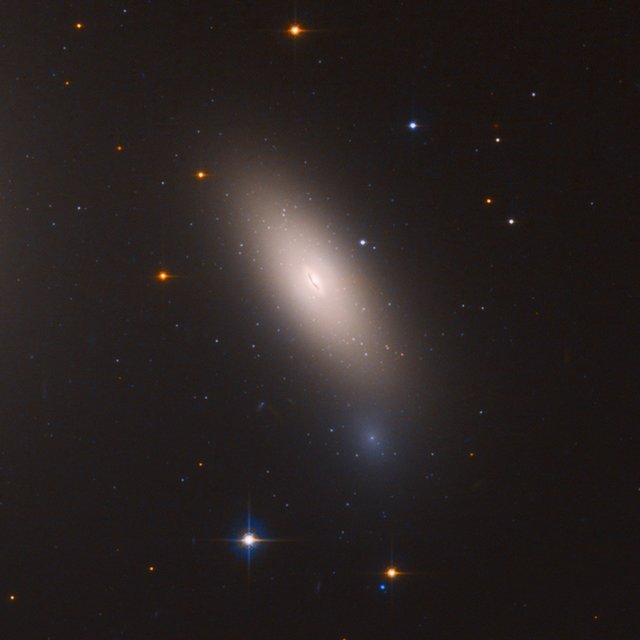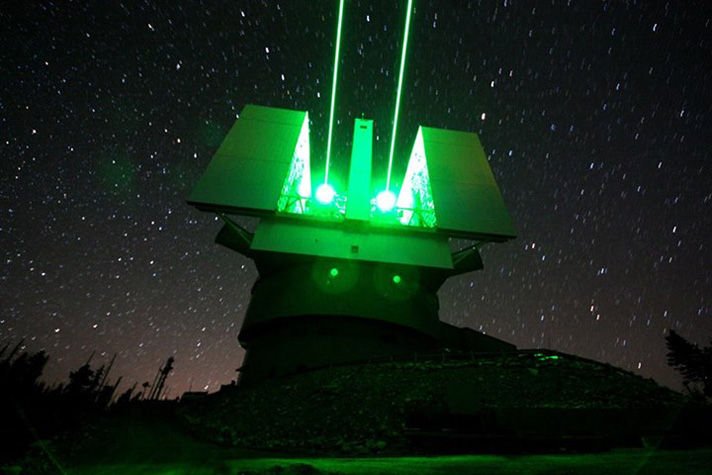Research at MIfA

The breadth of expertise at the Institute is exceptional for a department of moderate size, covering optical, infrared, and radio observations along with instrument development and theoretical and computational astrophysics. Students may find themselves exploring such diverse fields as star formation and stellar evolution, the structure and makeup of the interstellar medium in the Milky Way and other galaxies, the structure and evolution of galaxies, gravitational lensing, the cosmic distance scale, the nature of active galaxies and quasars, and computational gas dynamics as a tool to explore cosmic problems. Other faculty interests extend our expertise into space physics, cosmic rays, and early universe cosmology.
For observational work, students and faculty use our Mt. Lemmon (1.5–meter) and O'Brien (0.75–meter) telescopes, as well as the national observatories at Kitt Peak, Cerro Tololo, Mauna Kea, Arecibo, the Very Large Array, and others. Further, we are very actively involved in projects with the Spitzer Space Telescope, and the Hubble Space Telescope. Finally, we have guaranteed time access to the Steward Observatory Telescopes (including the Large Binocular Telescope). Follow the links below to find out more about our research groups.
For students interested in research, please see the Data Science in Multi-Messenger Astrophysics webpage.
Areas of Research

Cosmology & Particle Astrophysics
Coughlin, Cushman, Fortson, Hanany, T. W. Jones, Kelly, Mandic, Olive, Pryke, Qian, Skillman, Williams

Stars, Planetary Systems & their Evolution
Coughlin, Davidson, Gehrz, Humphreys, T. J. Jones, Kelly, Qian, C. Woodward, P. Woodward

Galaxies & Clusters and the Interstellar Medium
Fortson, T. W. Jones, Humphreys, Rudnick, Scarlata, Skillman, Williams


Astronomical Instrumentation
Coughlin, Gehrz, Glesener, Hanany, T. J. Jones, Kelly, Pryke, C. Woodward




